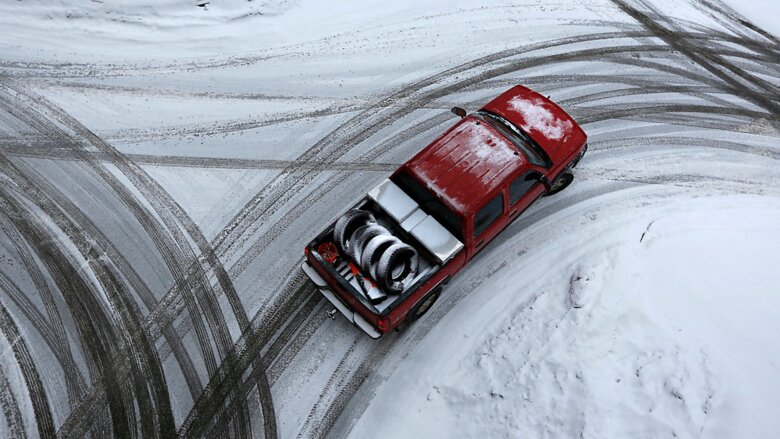Prepare for Winter by Knowing Your Tire
Your vehicle's tires are one of the most important things between you and the pavement during the winter.
What You Need To Know?
- Cold weather can drop tire pressure below the recommended limit
- A tire needs to have deep treads to maintain grip on snowy roads
- Engineers designed winter tires to handle cold and snow
Tire Pressure and Tread
You should inflate your tires to a certain pressure not just for performance, but for safety.
Did you know that your tires' pressure drops by one pound per square inch (psi) for every 10-degree drop in temperature? Let's say the temperature was consistently around 30 degrees and you inflated your tires to 32 psi, then a cold snap hits with temperatures hovering near zero. Your tire pressure is now about 29 psi.
Don't wait for the tire pressure alert on your dashboard to light up. Check your tire pressure regularly. The manufacturer's recommended pressure is in your vehicle owner's manual or on the edge of the driver's side door.
Not only should your tires be inflated properly, but the tread must also be deep enough. And you don't need anything special to get a rough estimate of tread depth – just a penny.
If in doubt and you don't have a tread depth gauge, use a 2 euro coin piece: Simply place the coin in the groove of the tyre and if you can see the silver rim around the coin, it means your tread depth is less than 3mm and you should consider replacing that tire.

Winter tires
Winter tires are different from all-season tires in two ways.
- Rubber hardens when it gets cold. Manufacturers often add silica to the rubber compound in winter tires so that they have more "give" in cold temperatures. That's good in the cold, but it also means they wear more easily when temperatures are often above 40 degrees or so.
- Secondly, manufacturers designed their tread pattern to handle snow and slush more easily. The tread has more spots to grip the road and limit snow build-up, while the grooves help push water and slush through the tread to maintain traction.
Winter tires do carry a price tag, but they perform better in the cold season by handling braking and cornering better than their all-season counterparts.
Braking
Tires can grip the road surface under all sorts of conditions, but they aren't magic and able to defy basic physics. If the road is too slippery and they can't grip, they'll slide. That’s a problem when you're trying to go and is even worse when you're trying to stop.
Even if you have winter tires, it's best to ease into slowing down, rather than hitting the brakes as you would on dry pavement. Take your foot off the gas early so your vehicle can gradually slow down on its own, and gently use the brake.
Tires Are Just the Start
Winter driving safety also involves knowing how to spot hazards such as black ice. And if something happens while you’re on the road, a simple survival kit can prevent an emergency from becoming a tragedy.
Source: Spectrum Local News





